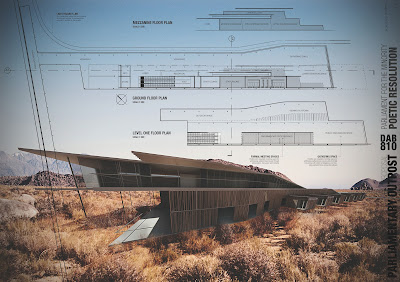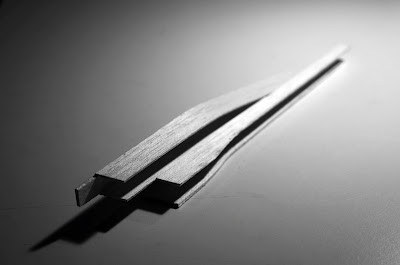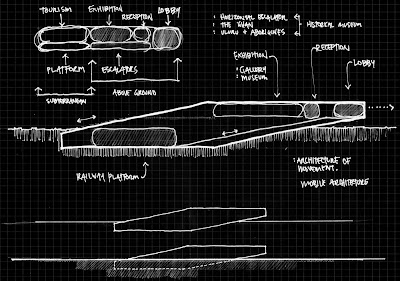Project Reflection:
Thinking back through the entire semester in DAB810, I realise the importance of the sequencing and structure of activities and assessment in realising this final design proposal. Without approaching this complex design situation in the process framed by Yasu, I do not believe I would have been anywhere near as successful in reaching a solution. The strategies and ideas generated in project 01 and the activities associated with this created a fertile design basis for further development and clearly produces many ideas or possible directions (shown in this blog). This conceptual framework of ideas and strategies enabled each student to apply their own thinking and conceptualisation to achieve a unique solution.
The amount of time and effort put into this project undoubtedly exceeds that of previous projects in any of the units I have completed and it clearly shows in the resolution of the architectural proposition. Working through this project in collaboration with my peers from project 01 as well as gaining quality guidance and mentoring from my tutor Jane Foster has enabled this highly developed architectural system to manifest. I think that working as a team to critique and give direction to my design definitely assisted in the level of detail within the final output.
In approaching the context of the Australian Outback, I found it very useful in surrounding myself with high quantities of information, statistics and facts about this region. I could then more effectively and appropriately respond with architectural and infrastructural system solutions. From the conceptual level of detail down to the tectonic and structural details of the modules, I have responded to the unique contextual parameters of this region to ensure enhance parliamentary presence, and live-ability of this region.
Without the mentoring gained through talking and presenting to Jane, I would not have been able to solve such a high degree of the socio-cultural problems and respond as effectively. This project has provided me with a framework for approaching future design situations more efficiently, and will definitely influence the materialisation of future design propositions. The final presentation was possible the most beneficial of any critique I has thus far been exposed to. I gained highly informative feedback and guidance with constructive criticism, while Don Albert assisted me in understanding how to more rigorously and effectively approach a design situation.
Thank you to Yasu, Jane and Don for all of your contributions this semester.


















































